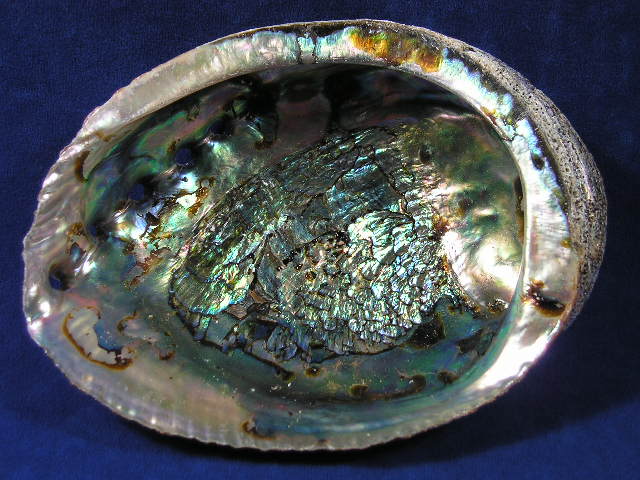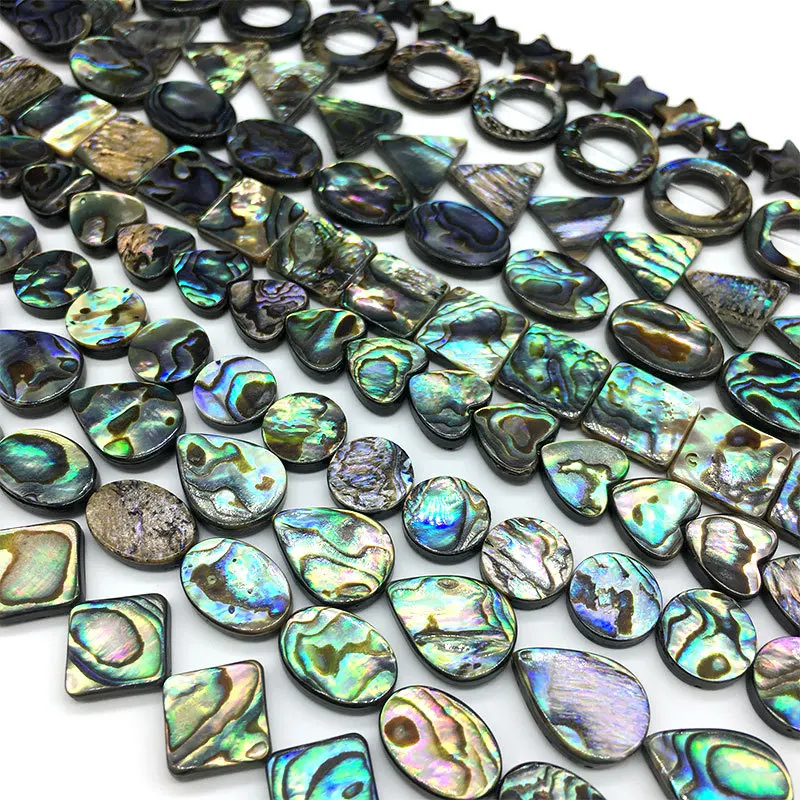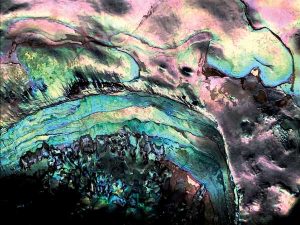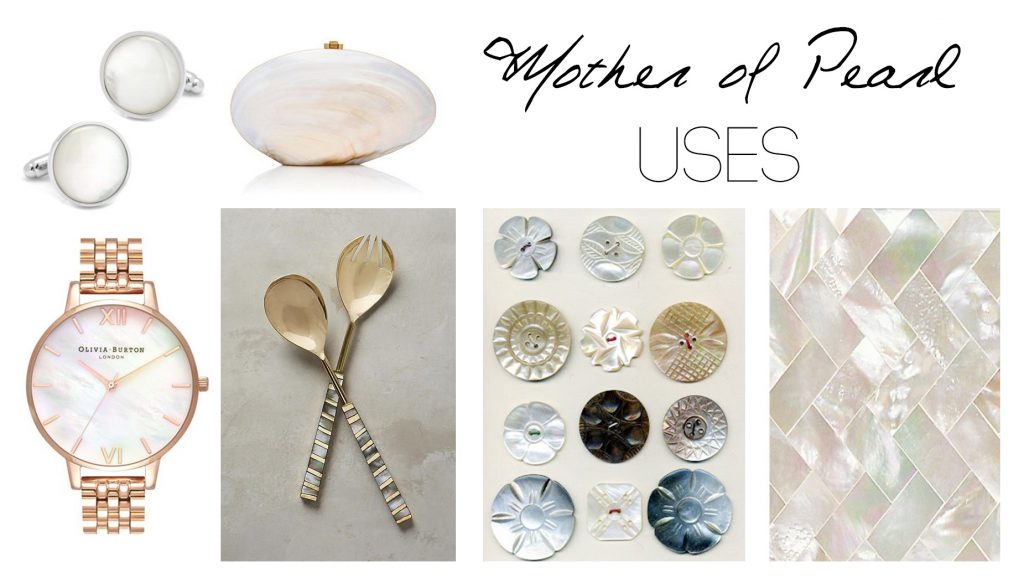Mother of Pearl VS Abalone- The Key Differences You Did Not Know
Mother of Pearl VS Abalone is an enigmatic topic of discussion as most people in the world cannot separate them from each other.
Even many people think that either they are the same or at least interchangeable.
But that’s not true. There are some fundamental differences that you must know.
Mother of pearl is the inner layer within the shell of abalone whereas abalone is the organism. That means abalone is the source of producing the mother of pearl. While abalone is a whole saltwater shellfish, the mother of pearl is just a part of this organism produced in its shell.
However, there are some distinctive ways to identify these two. Below, we will discuss the basic dissimilarities between them for your better understanding.
So, let’s start!
What Is Abalone?

As already mentioned, abalone is the organism and from the abalone shell, you get the mother of pearl.
Basically, it belongs to a family of seashells and consists of a shell similar to the ear.
Resultantly, it is also popularly known as an ear-shell. And this unique shell is followed by a row of holes along the outer edge.
You can find this marine snail available all over the Pacific Rim, New Zealand, Australia, North America, the Philippines, and Japan.
Based on the location, abalone is named differently. For example, people call it paua in New Zealand and ormer in the UK.
Being a type of gastropod shellfish, its shell is considered delicious mainly in Latin America and East Asia.
Unlike mother of pearl, you cannot get abalone in abundance. Because it’s only found in saltwater.
In fact, harvesting abalone is limited and thus it’s on the verge of extinction.
So, we all should be careful enough to protect this lapidary wonder.
Use of Abalone


We already discussed that the abalone flesh is edible in different parts of the world and it’s considered quite delicious.
Aside from that, the abalone shell has been widely used for making ornaments and decorative items over the years.
You can use the shell in making beautiful jewelry inlays and musical instruments.
Be it crafting beads or forming other lapidary items, the abalone shells are precisely valued by the jeweler for millennia.
But you must take up some safety precautions while cutting or grinding this marine snail.
For instance, maintain a good airflow where you are working with this lapidary treasure. And make sure you wear face masks as well.
As abalone dust might result in serious respiratory issues, you can cut them under running water to control the dust.

However, processing abalone into eye-catching jewelry or decorative pieces is not everyone’s cup of tea. It requires a certain level of expertise and therefore, only experienced lapidary artists should engrave this material.
What Is Mother of Pearl?


The mother of pearl is basically the pearly inner layer of some mollusk shells. You will find it in the outer layer of pearls and in the inner layer of abalone and pearl oyster.
That means it is actually a protective shield that mollusks create to be protected from organic materials.
Nevertheless, they are widely available in both marine and freshwater shellfish. The other name of the mother of pearl is Nacre and they are basically the shining layers inside the abalone shell.
A mother of pearl is strong, resilient, and iridescent. To be more exact, it’s the composite material to make pearls.
Aside from abalone and pearl oysters, somefreshwater pearl mussels also produce this glittering layer inside.
Use of Mother of Pearl

From fashion, and decoration, to architecture, the usage of the mother of pearl is huge.
For example, it can be formed into pearl buttons which make the cloth more attractive.
Jewelers also engrave them to adorn watches, ornaments, guns, knives, or musical instruments.
For architectural purposes, it can be cut into various shapes and artificially tinted to any color you like.
Sometimes, they are embedded into furniture to emblazon their outlook.
Mother of Pearl VS Abalone: What Are the Basic Differences?
Well, the very first difference lies in the fact that the abalone is the shell and the mother of pearl is found inside that shell.
The lines of glittering inner layers within the shell of abalone and pearl oysters are called the mother of pearl.
To put it differently, abalone is the source that produces the mother of pearl.
Secondly, abalone is a marine saltwater shellfish. But you can find the mother of pearl in freshwater shells as well.
As a result, the supply of mother of pearl is huge compared to abalone.
Compared to mother of pearl, abalone has a darker rainbow shade whereas we see a milky white shade in the former.
Although both are extensively used to form ornaments and decorative items, abalone is, however, a bit difficult to collect because the harvest of abalone is limited.
That’s why they are a bit more expensive too.
Another significant difference is that the mother of pearl isn’t edible. On the contrary, abalone flesh is a delicacy for many people in the world.
Talking about the colors, as the mother of pearl is iridescent, it can be found in a wide array of colors such as white, pink, silver, blue, bronze, green, yellow, etc. If you move it under light, the colors will shift and intermingle, creating a lustrous illusion.
However, the most common type of abalone is black. But based on the eating habits of the abalone, it could be white, green, or pink.
Mother of Pearl vs Abalone: Comparison Chart
| Mother of Pearl | Abalone |
| The pearly internal layer in the abalone shell | A type of gastropod shellfish |
| Found both in saltwater and freshwater shells | A saltwater shellfish |
| Produced from abalone, pearl oyster, and other freshwater pearl mussels | Its inner layer is made of mother of pearl |
| Has a milky white shade | A darker rainbow shade |
| Widely available compared to abalone | Not so common as the mother of pearl |
| Not edible | Edible |
| Thinner and less durable | Tougher and more durable |
| Also known as Nacre | Also known as ear-shell |
FAQs
What is the difference between abalone and oyster?
People often mistake these two mother-of-pearl-producing mollusks for the same. But they aren’t. They greatly differ in taste and texture.
On one hand, abalone has a meaty texture with a strong ocean flavor. On the other hand, oysters are softer and more delicate. Also, oyster harvesting is easier as abalone can only be harvested from its coastal habitat.
Does abalone make pearls?
Yes, but rarely. Instead, it’s a great source of mother of pearl.
Is abalone expensive?
Yes, it is. Because the supply is way less than the demand. As abalone has some lapidary value, it is a precious marine shell indeed. But collecting it from coastal rocky water is challenging and limited.
Which is more expensive- abalone or mother of pearl?
Abalone, of course. As the mother of pearl could be found abundantly both in saltwater and freshwater mollusks, they are less expensive compared to those rare abalones.
Final Words
So, that’s all about Mother of Pearl VS Abalone. Hopefully, we have been able to eradicate your confusion on this baffling topic.
One is the whole shellfish and the other is the inner layer produced in the shell of that organism. And the mother of pearl is that iridescent inner layer produced from the shell of an abalone.
Both can be embodied into beautiful and polished pieces of jewelry and other embellishing elements.
But while working with abalone, you need to be really careful to avoid abalone dust which could result in serious health hazards.
